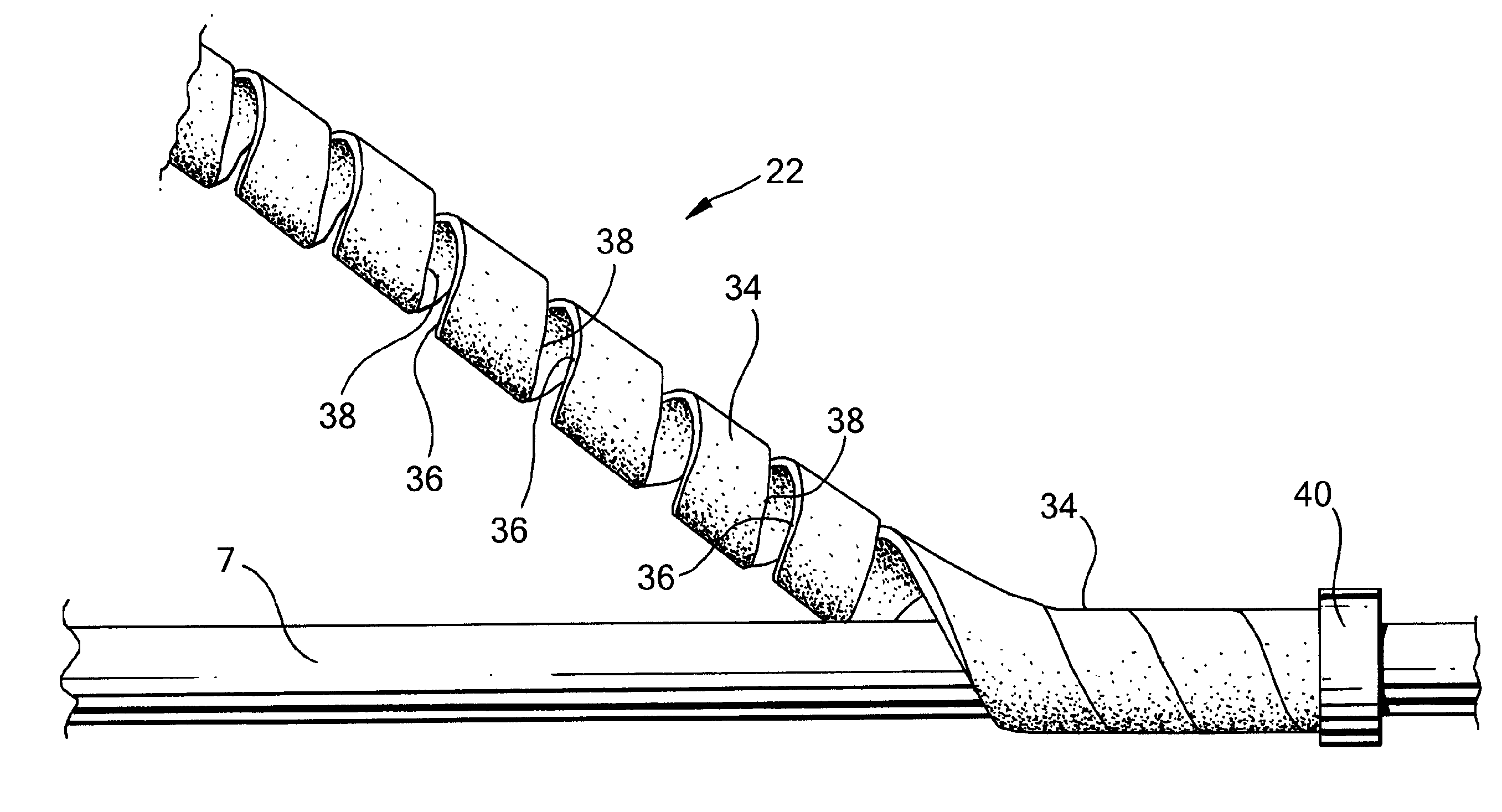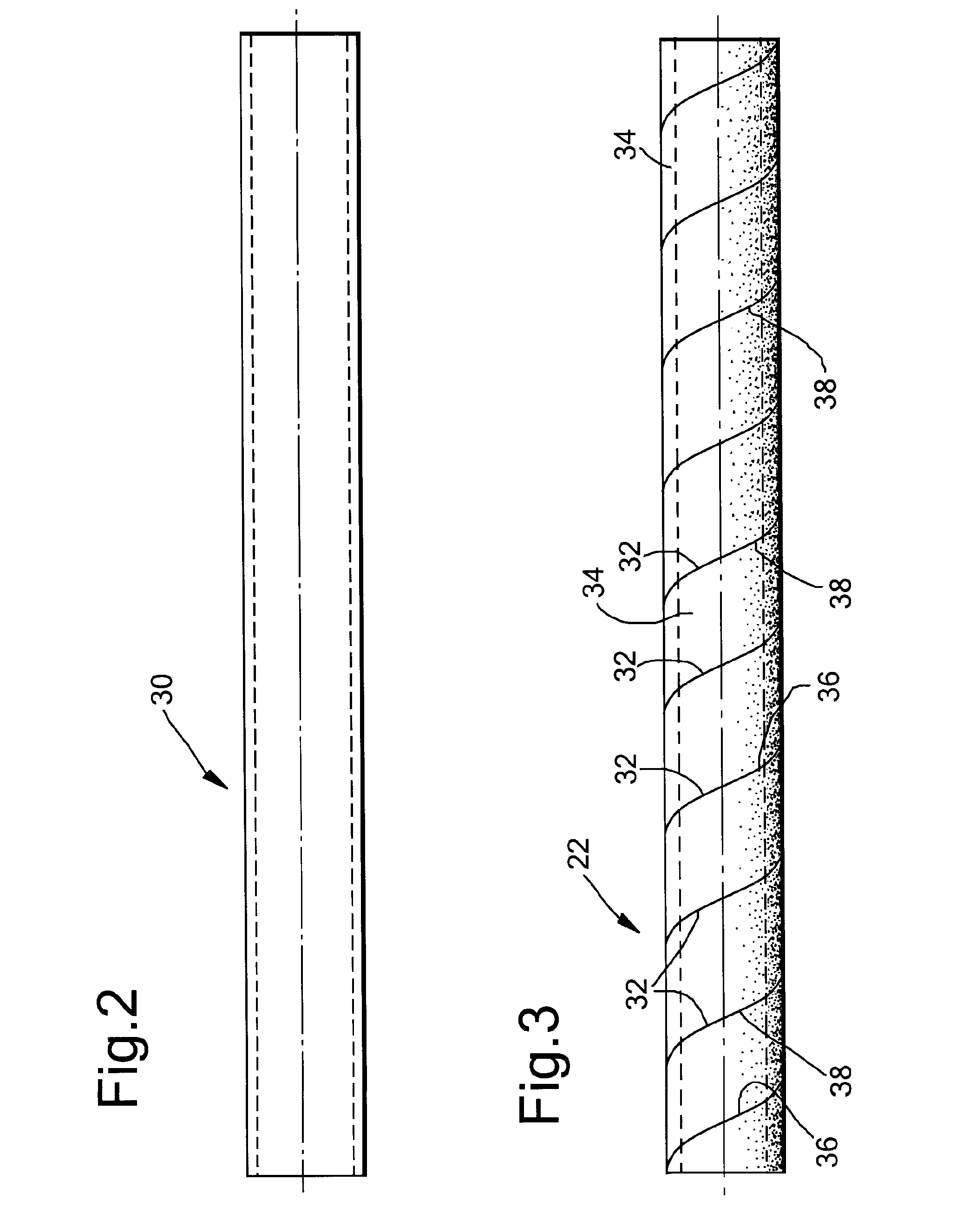Method of creating an annular seal around a tubular element
a tubular element and annular seal technology, applied in the direction of sealing/packing, fluid removal, borehole/well accessories, etc., can solve the problems of reducing the flexibility of applying packers, the number of required packers, and the depth locations where these are to be installed, so as to improve the flexibility of assembly
- Summary
- Abstract
- Description
- Claims
- Application Information
AI Technical Summary
Benefits of technology
Problems solved by technology
Method used
Image
Examples
Embodiment Construction
[0021]Referring to FIG. 1 there is shown a wellbore 1 formed in an earth formation 2 for the production of hydrocarbon fluid, the wellbore 1 having a substantially vertical upper section 1a and a substantially horizontal lower section 1b extending into a zone 3 of the earth formation from which hydrocarbon fluid is to be produced. The earth formation zone 3 is fractured whereby there is a risk that water from other formation zones (not shown) enters the lower wellbore section 1b via fractures in formation zone 3. The upper wellbore section 1a is provided with a casing 4 cemented in the wellbore by a layer of cement 5, said casing 4 extending to a wellhead 6 at surface 6a. A production liner 7 extends from the lower end part of the casing 4 into the substantially horizontal wellbore section 1b. A production tubing 9 provides fluid communication between the wellhead 6 and the production liner 7, whereby the production tubing 9 is sealed to the production liner 7 by a packer 10.
[0022]p...
PUM
 Login to View More
Login to View More Abstract
Description
Claims
Application Information
 Login to View More
Login to View More - R&D
- Intellectual Property
- Life Sciences
- Materials
- Tech Scout
- Unparalleled Data Quality
- Higher Quality Content
- 60% Fewer Hallucinations
Browse by: Latest US Patents, China's latest patents, Technical Efficacy Thesaurus, Application Domain, Technology Topic, Popular Technical Reports.
© 2025 PatSnap. All rights reserved.Legal|Privacy policy|Modern Slavery Act Transparency Statement|Sitemap|About US| Contact US: help@patsnap.com



